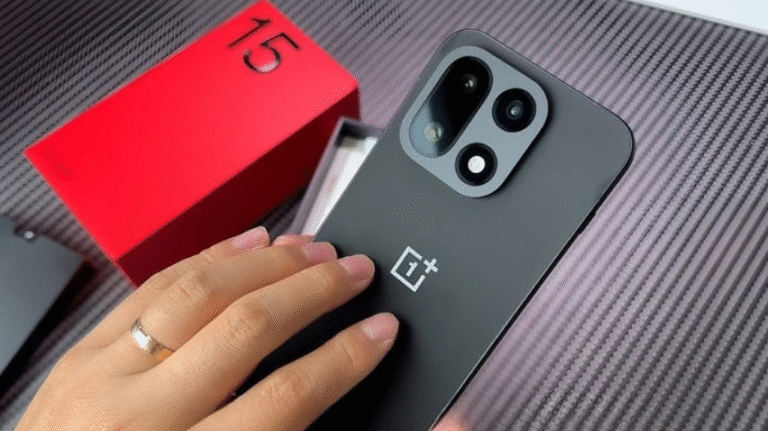
Smartphone prices in India have quietly increased by up to ₹2,000 across several models over the past few weeks. Industry experts say this could just be the beginning, as global component costs—especially for memory and storage chips—continue to rise. The adjustment follows the festive sale season, during which brands held prices steady to attract buyers. Now, with sales wrapping up, manufacturers are gradually passing on higher production costs to consumers.
The Reason Behind the Price Hike
The main culprit is the rising cost of memory and storage components. NAND flash and DRAM chips, which power the storage and RAM of smartphones, have seen sharp price hikes globally. Manufacturers are diverting production toward AI and data center demand, which has created a shortage in smartphone-grade components.
Additionally, the Indian rupee’s depreciation against the US dollar has made imported components more expensive. Since most smartphone parts are sourced internationally, even a small currency fluctuation can significantly impact the final retail price.
Market Trends and Brand Strategy
Smartphone makers are also adopting a strategy of premiumisation, offering devices with higher specifications and larger storage options to justify rising prices. This means that while base models may remain near last year’s prices, the versions with 256 GB or higher storage could see a noticeable jump.
Companies like Realme, OnePlus, iQOO, and Samsung are all expected to increase prices of new models by up to ₹5,000–₹6,000 in the coming months. Even budget-friendly 5G phones, once available under ₹15,000, may soon move closer to ₹17,000.
What It Means for Consumers
For Indian buyers, this price adjustment could make smartphones less affordable in the short term. Devices that were selling for ₹19,999 may now list around ₹21,999. Consumers planning an upgrade might find that waiting could lead to even higher prices, especially if memory costs continue to rise globally.
However, shoppers can still look for online sales, exchange offers, or credit-based discounts to cushion the blow. Those who don’t need large storage capacities can also save by opting for lower-storage variants.
Industry reports suggest that memory and storage prices will remain elevated until at least mid-2025. As a result, smartphone brands may either raise prices further or introduce new models with smaller storage options to maintain affordability.




